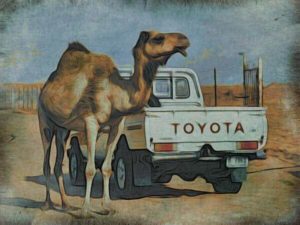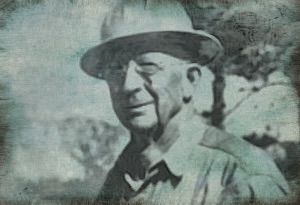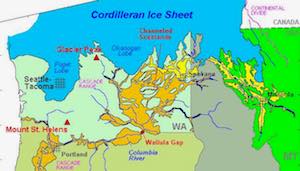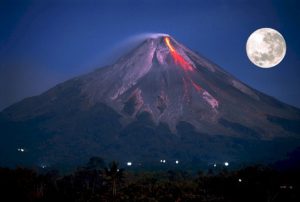Or: IKEA is So Fourth Dynasty
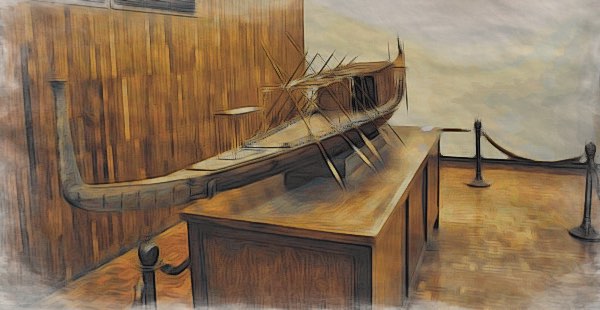
Pick, Pack, and . . . Ship?
The world's oldest intact ship is, unsurprisingly, Egyptian. Specifically, it's the funeral barge for Khufu, also known as King Cheops, a pharaoh from the Fourth Dynasty of the Egyptian Old Kingdom. (You might know him as the guy who commissioned the Great Pyramid of Giza.)
Khufu's ship was discovered in 1954 by archaeologist Kamal el-Mallakh, who found the disassembled ship sealed into a pit in the bedrock near Giza. Aside from being disassembled, he found the ship in almost perfect condition, thanks to the ancient Egyptians having sealed it away in the desert bedrock.
The ship itself is built of Lebanon cedar, a material historically highly prized in shipbuilding, among other uses. It's mentioned several times in the Old Testament. Lebanon cedar is so embedded in the history of the region that it's the national emblem of Lebanon, and we see it on the national flag.
The cedar planks (before the ship was disassembled for storage) were held together with mortise and tenon joints, lashed together with cords of halfah grass fiber. (Only millennia later did we start using nails for shipbuilding.)
The ship was probably intended to serve as the pharaoh’s “solar barge,” a vessel to carry Khufu across the heavens with the sun god Ra. Interestingly, though watertight and seaworthy, there wasn't any rigging for sails or room for actual paddling. There was, however, evidence that it had been in the water at some point.
Remember I mentioned that it was found disassembled, and yet is considered the world's oldest intact ship? Despite being stored disassembled, it was painstakingly rebuilt by Ahmed Youssef Moustafa, an antiquities restorer. Took him years to learn the methods of ancient Egyptian boat construction, examining carved reliefs of boat construction in Egyptian tombs, other preserved boats, and the methods of modern Egyptian shipwrights. Moustafa’s reconstruction of the boat took 14 years in all.
The most important aspect of the reconstruction process? The parts of the ship were all laid out in a logical order when disassembled, and markings were put on each of the planks to show where they lined up.
Sounds familiar, doesn't it? The ancient Egyptians basically gave the pharaoh an IKEA boat for the afterlife.
The Yard Ramp Guy®: The Future of Industry
This week, my friend The Yard Ramp Guy takes a Ramp Rules-worthy look at this whole Industry 4.0 business and decides, to my relief, that humans remain important.
Check out his great insight HERE.


